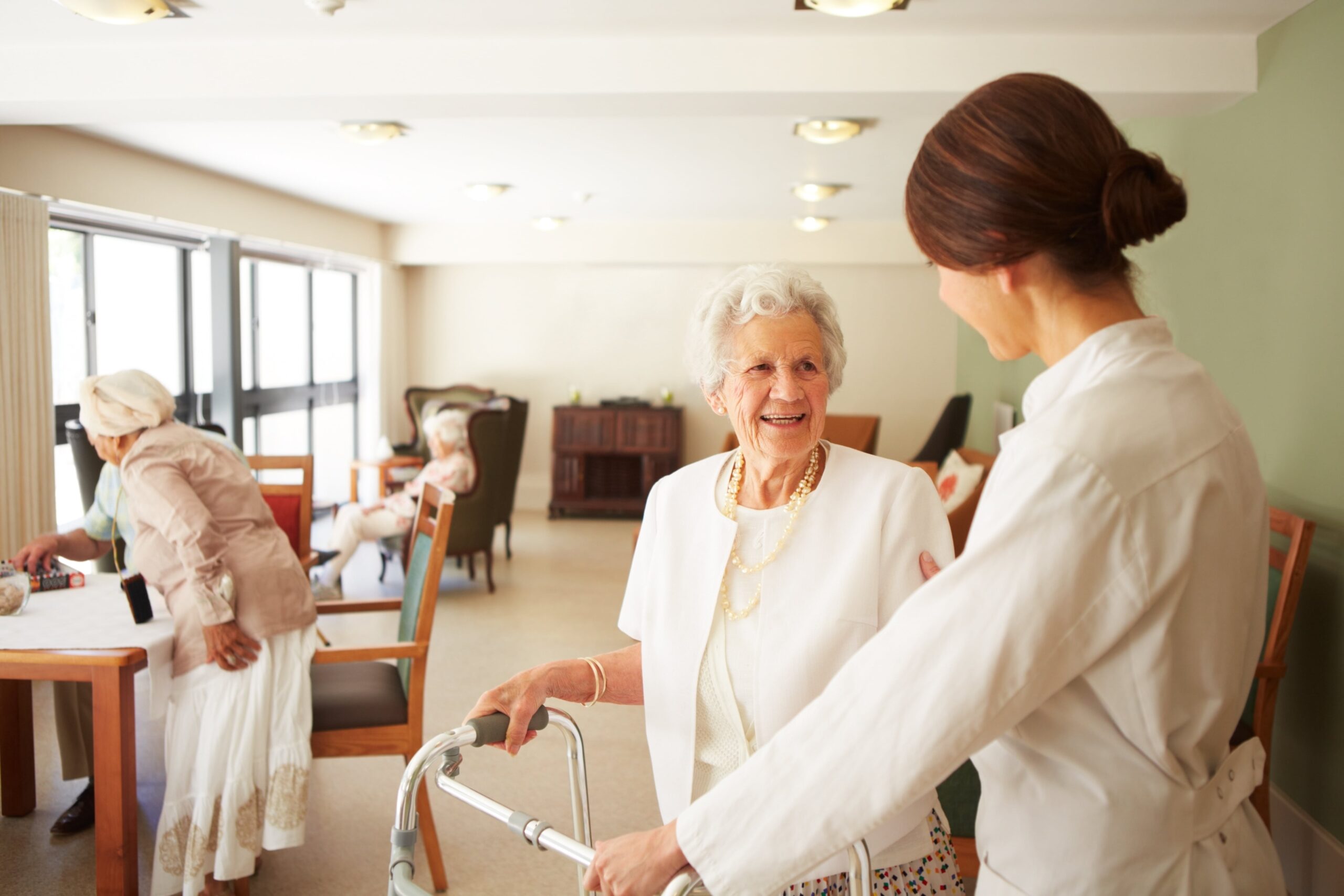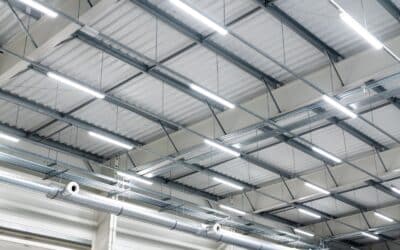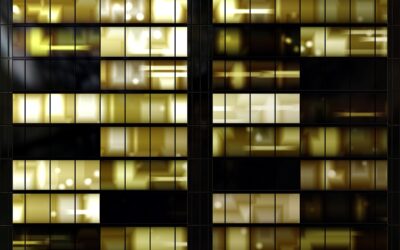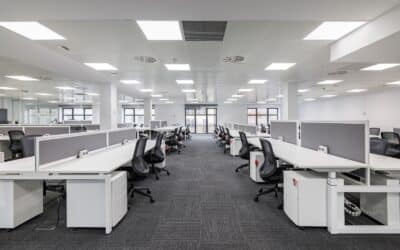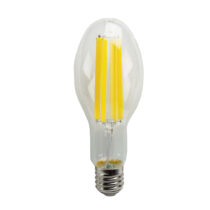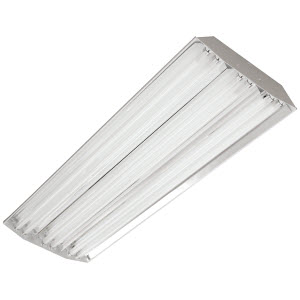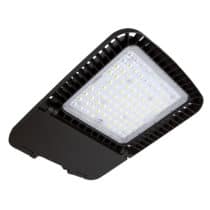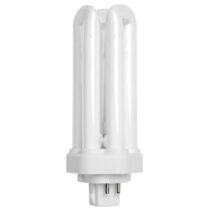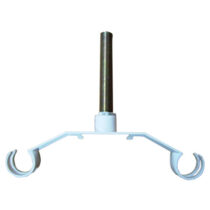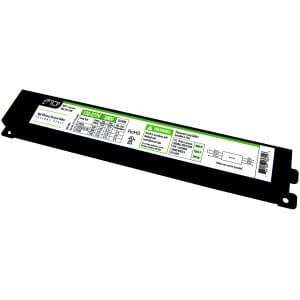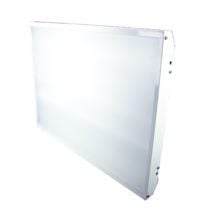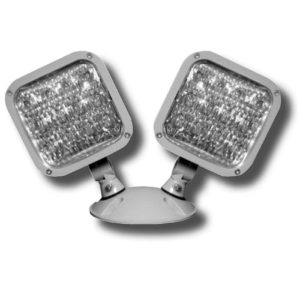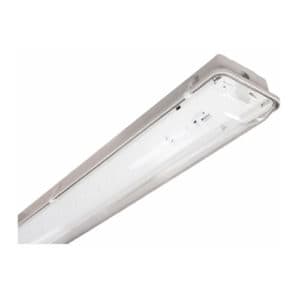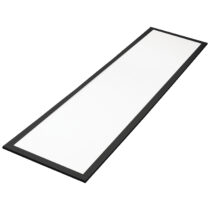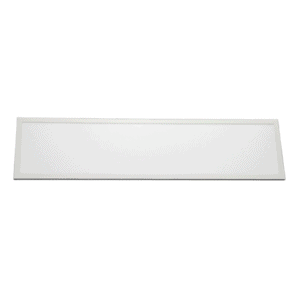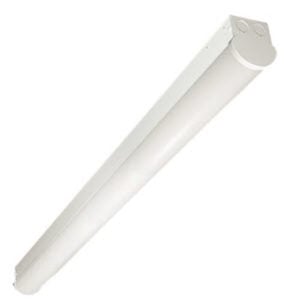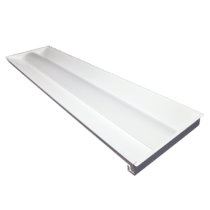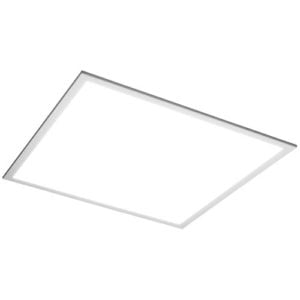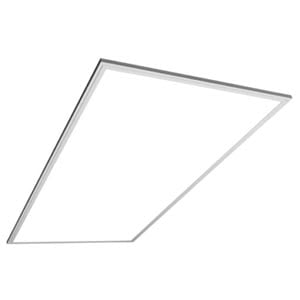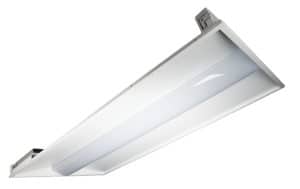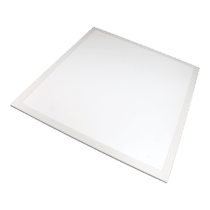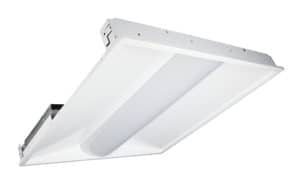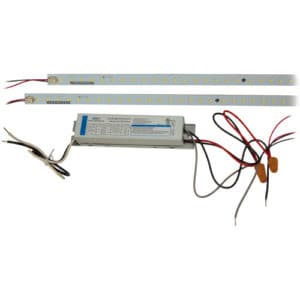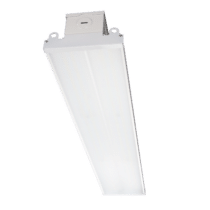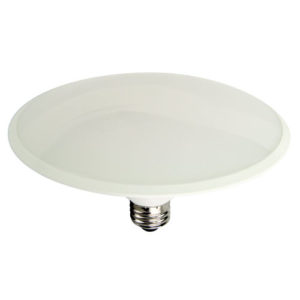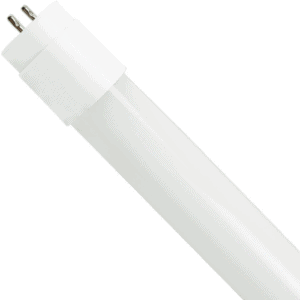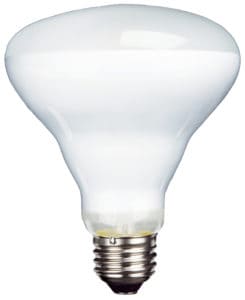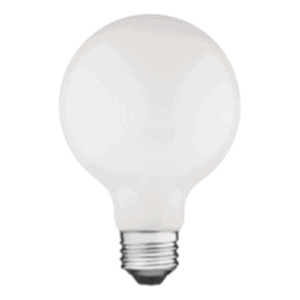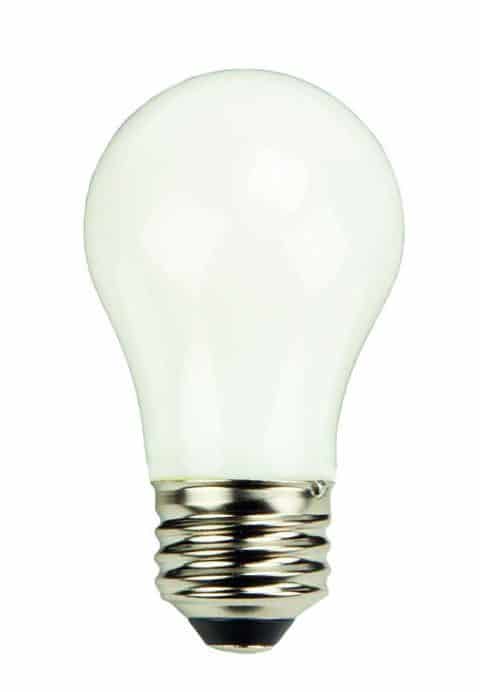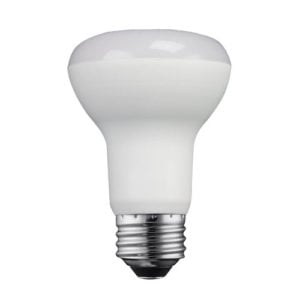Nursing Home Lighting
The Best Lighting Strategy for Nursing Homes
Senior living facilities such as nursing homes and assisted care residences require exceptional lighting. The safety and well-being of elderly patients depends on a bright, well-lit environment that provides a sense of comfort and ease. Proper lighting also plays a vital role in health and healing processes, especially for individuals with dementia, or those recovering from surgery.
Transitional lighting that’s bright during the day, and dim at night, offers a balanced light source that mimics natural daylight. In facilities with limited exposure to natural daylight, this type of lighting design helps keep patients alert and in better moods during daytime, while allowing them to sleep soundly throughout the night.
When nursing homes and assisted living facilities install new lighting systems, designers must plan accordingly. They have to take into account the site conditions, building orientation, and most importantly, the needs of the elderly residents living there.
Most Common Types of Lighting in Senior Living Facilities
Although the design of senior care facilities isn’t regulated at the federal level, many states have their own regulations, including guidelines for lighting. Typical protocols for nursing home lighting require higher luminosity than other applications, dimming capabilities, and ample sources of natural daylight in common areas like dining rooms and activity centers.
In areas of the building with minimal windows or skylights, artificial light sources must act as alternatives to natural daylight. The latest overhead LED luminaires can produce light that’s close in quality to actual sunlight, and can be tuned brighter or dimmer to correspond with the time of day. This type of light is ideal for hallways and common spaces since it helps maintain circadian rhythm, the body’s internal clock, in a similar manner to sunlight.
In individual rooms, the overhead fixtures, floor, and table lamps should all be equipped with customizable LED bulbs. This allows staff to control the brightness level and color temperature for different times of day, to coincide with personal wellness and safety needs of each patient. Don’t forget that senior residents feel more at home in their rooms when they have a task lamp for reading, doing puzzles, embroidery, and other pastime activities. And a low-level night light should be provided in every room for nighttime safety measures.
Lighting Requirements for Nursing Homes
Because health, wellness, and safety are of utmost concern in a senior care setting, the lighting requirements for a nursing home must meet the special needs of its residents. Elderly patients commonly share age-related vision problems. Reading small print, focusing in dim light, and distinguishing colors all become more difficult. Transitioning between bright and dim spaces takes additional time for seniors. Eye diseases such as glaucoma, macular degeneration, and cataracts can also impair vision.
For these reasons, it’s important to maintain a well-lit facility with minimal glare, and provide shade from overly bright light when needed.
Maintain Brightness
Seniors typically need slightly brighter light to read properly, and see differences between colors. Correlated color temperatures for lighting in nursing homes should range toward the cooler side, so light is crisp and white in common areas. This allows for better daytime vision as residents engage in activities or perform simple tasks.
Minimize Glare
As the human eye ages, it becomes more sensitive to glare perception. To minimize discomfort caused by excess glare, nursing home lights should be properly placed, or shielded with adjustable shades if necessary. Reducing the amount of highly reflective surfaces also helps minimize glare in senior settings.
Control Excessive Daylight
Transitioning from bright to dark areas can be somewhat unsettling for seniors, especially those diagnosed with dementia. Elderly patients adjust easier to differences in luminosity if light levels are maintained at a more uniform level in the building. Window shades prevent overly bright light from flooding common areas. Controlling excessive light puts patients at ease when they’re walking from a much dimmer area.
Lighting that Helps Elderly Patients Sleep Better
Research has shown that lighting can significantly affect circadian rhythm, the human body’s internal alarm clock. Maintaining brightly lit environments during daytime, then gradually transitioning to dimmer, warmer light for nighttime is beneficial for biological well-being.
Seniors in a nursing home benefit from bright, crisp lighting throughout the day not only because it helps them see and stay alert. Bright daytime lighting can also help them sleep better at night, because it regulates and maintains proper circadian rhythm.
Benefits of Dimmable Lighting in Nursing Homes
Most nursing home facilities operate round-the-clock 24/7. They require lighting that can be constantly customized and tuned from bright to dim. LED lights featuring multiple dimming ranges, color temperatures, and Smart-based control options provide greater flexibility for nursing homes. When staff members can easily adjust lighting at any time, patients will feel more comfortable, and have a greater sense of safety and security in their surroundings.
If you manage a senior care facility and want better lighting, TCP can help. With decades of experience in the commercial lighting industry, TCP knows what type of lights work best in healthcare settings. Our energy-saving luminaires feature the latest LED technology, plus they’re long-lasting and reliable – just what you need in nursing home lighting.
Want to see more? Check out our LED lights designed for healthcare applications.

